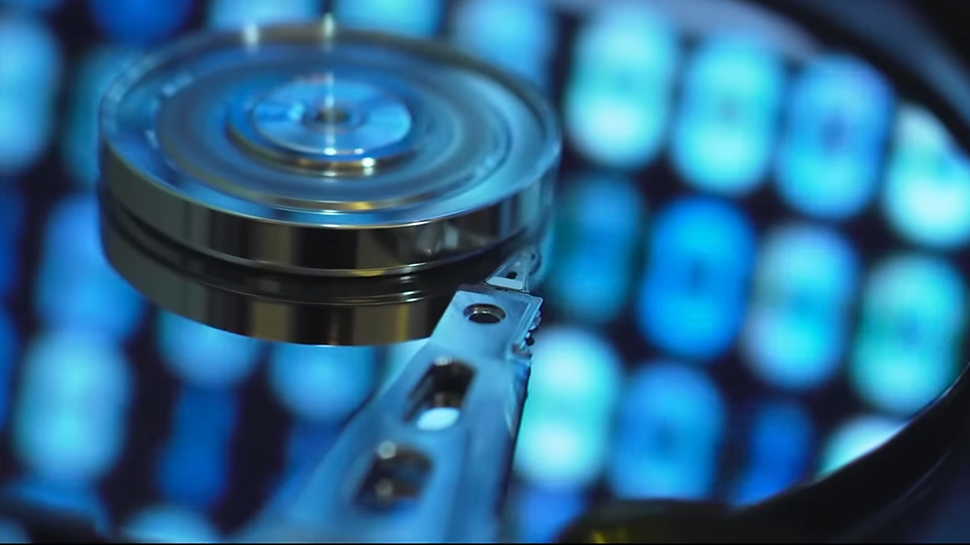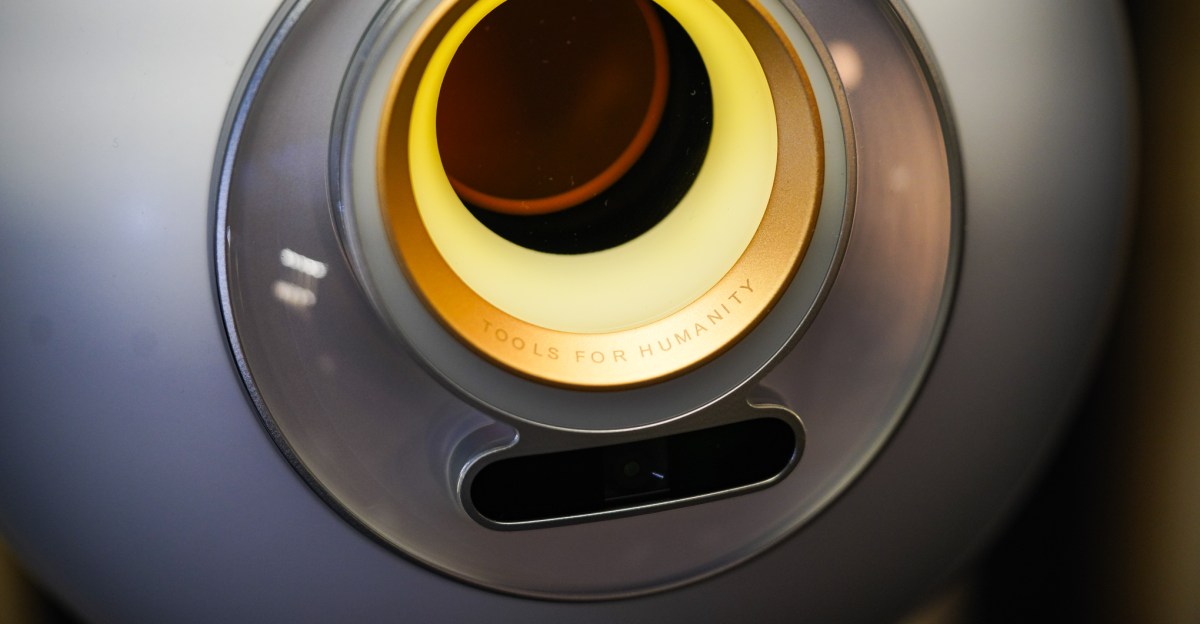Western Digital is gearing up for a revolutionary leap in hard drive technology, with a focused roadmap targeting the launch of its Western Digital 40TB HDD leveraging Heat-Assisted Magnetic Recording (HAMR) technology by late 2026. As data generation accelerates exponentially, especially driven by artificial intelligence innovations, Western Digital aims to meet the burgeoning storage needs with groundbreaking capacity improvements.
Understanding Western Digital’s 40TB HDD Breakthrough
HAMR technology represents a significant evolution beyond traditional magnetic recording methods. By applying laser heating to the disk surface, HAMR temporarily lowers the magnetic coercivity, enabling data to be packed at much greater densities. Western Digital’s adoption of this approach will allow its new generation of HDDs to breach the 40TB mark — a milestone that offers dramatically increased storage for enterprises and cloud providers alike.
Prior to HAMR becoming mainstream, Western Digital intends to optimize existing hard drives through advancements such as OptiNAND and UltraSMR. OptiNAND integrates flash memory directly into HDDs, enhancing performance, reliability, and storage density. Meanwhile, UltraSMR utilizes sophisticated error correction techniques, allowing data tracks to be laid more tightly than conventional SMR (Shingled Magnetic Recording) drives. These technologies are crucial stepping stones, supporting capacity boosts up to 40TB while HAMR development proceeds.
Why AI-Driven Storage Demand Makes the 40TB HDD Launch Critical
The surge in generative AI workloads is generating unprecedented data output. However, according to TechRadar Pro, storage demand hasn’t caught up with computation just yet—GPU servers currently absorb most resources. Western Digital’s sales manager in Japan, Kimihiko Nishio, clarifies that storage spikes are expected to emerge in the latter half of 2026, perfectly aligning with the 40TB HAMR HDD release timeline.
Launching the 40TB HDD too early would incur high manufacturing costs due to the overhaul in materials necessary for HAMR production. Western Digital’s strategic timing ensures cost efficiency and meets market demand simultaneously, positioning them ahead in the race to supply ultra-high-capacity drives at affordable pricing.
Roadmap Beyond 40TB: The Path to 100TB and Beyond
Western Digital’s vision extends far beyond the initial 40TB milestone. By 2030, they plan to introduce 100TB drives using Heat Dot Magnetic Recording (HDMR), a future data recording innovation that promises even denser storage capabilities. This roadmap outlines a decade-spanning evolution: from energy-assisted Perpendicular Magnetic Recording (ePMR) to HAMR, culminating in HDMR technology.
This long-term plan demonstrates Western Digital’s commitment to solving next-generation storage challenges in data centers, cloud infrastructure, and AI ecosystems. According to the insights reported on TechRadar Pro, the company sees the growth of data not as a passing trend but as a sustained catalyst for innovation in hard disk storage.
Complementary Technologies Driving Capacity and Efficiency
Alongside HAMR, Western Digital is innovating with OptiNAND, which integrates NAND flash memory into HDD substrates. This hybrid approach helps boost performance by offloading certain tasks from magnetic media to flash, enhancing both speed and reliability. UltraSMR further complements the portfolio by improving data density through advanced encoding and error correction.
The interplay of these technologies ensures Western Digital can incrementally scale HDD capacity until HAMR technologies are fully mature and cost-effective for mass production.
Competitive Industry Context
The race towards 100TB storage devices is heating up industry-wide. Seagate, Western Digital’s key competitor, has aggressively advanced HAMR HDD development and acquired a HAMR-specialist company to bolster its position. Western Digital’s clear roadmap and timing strategy emphasize aligning product releases with predicted market demand surges, underscoring a methodical approach rather than rushing unprofitable products to market.
As reported by TechRadar Pro, Western Digital’s strategy also acknowledges that the current AI boom primarily benefits GPU servers, while storage demand will spike after data generation reaches critical mass. This understanding allows the company to better forecast production cadence and pricing models.
The Future of Hard Drive Storage
Western Digital’s planned HAMR HDD launches are more than incremental upgrades; they represent a fundamental shift in what’s possible with hard disk storage. Releasing 40TB drives in 2026 marks the beginning of a new era for high-capacity drives, one that bridges the gap between current technological limits and the ambitious goal of 100TB drives by 2030 and beyond.
This upcoming generation of HDDs will be essential for supporting expanding AI models, big data analytics, cloud computing demands, and the ever-growing digital universe. Integrating advanced recording technologies like HAMR and HDMR, supplemented by flash memory innovations such as OptiNAND, Western Digital is effectively future-proofing data storage for the next decade.
For more detailed insights into Western Digital’s HDD roadmap, including expert analysis of storage market trends, visit the full article on TechRadar Pro.


